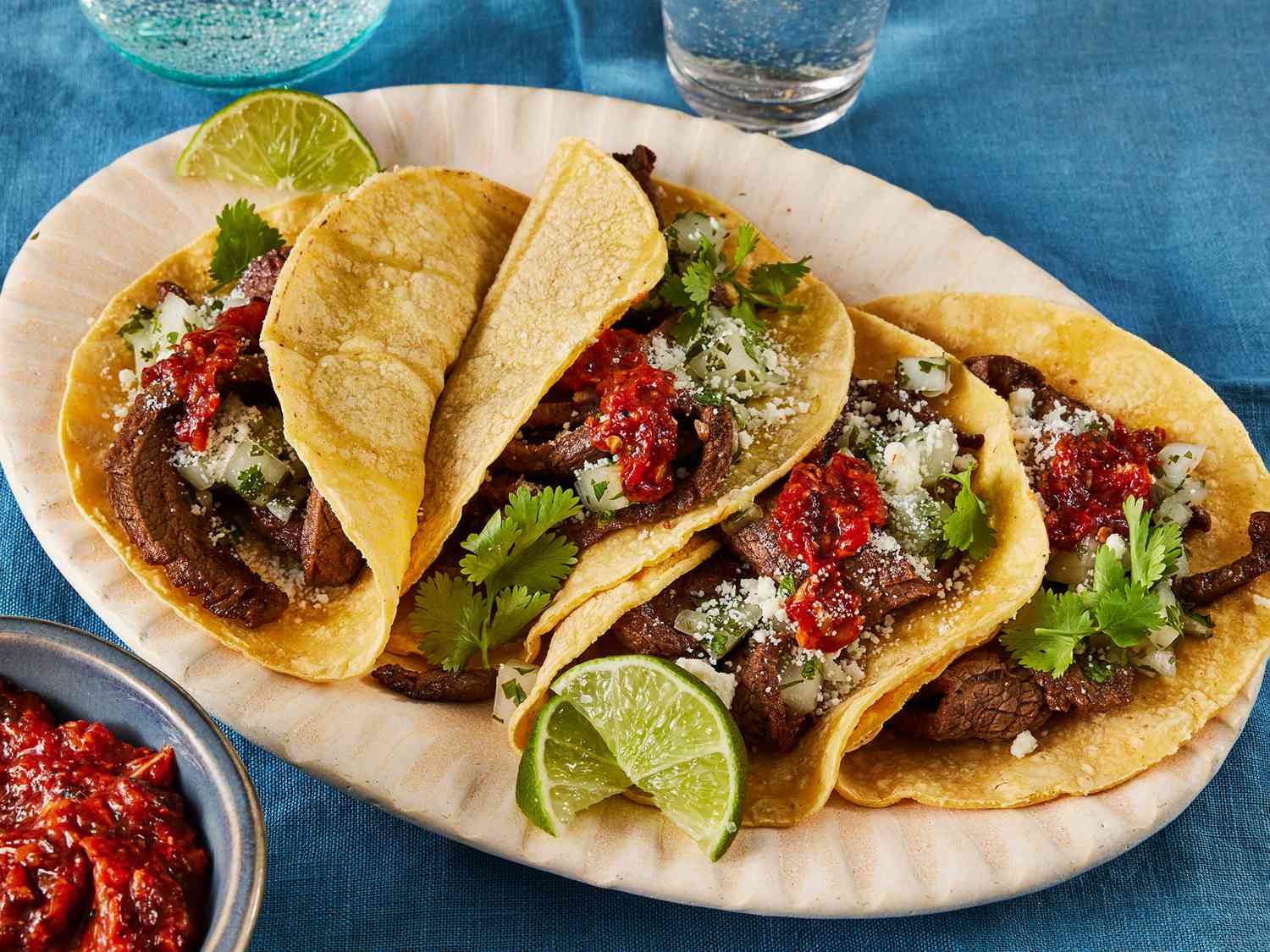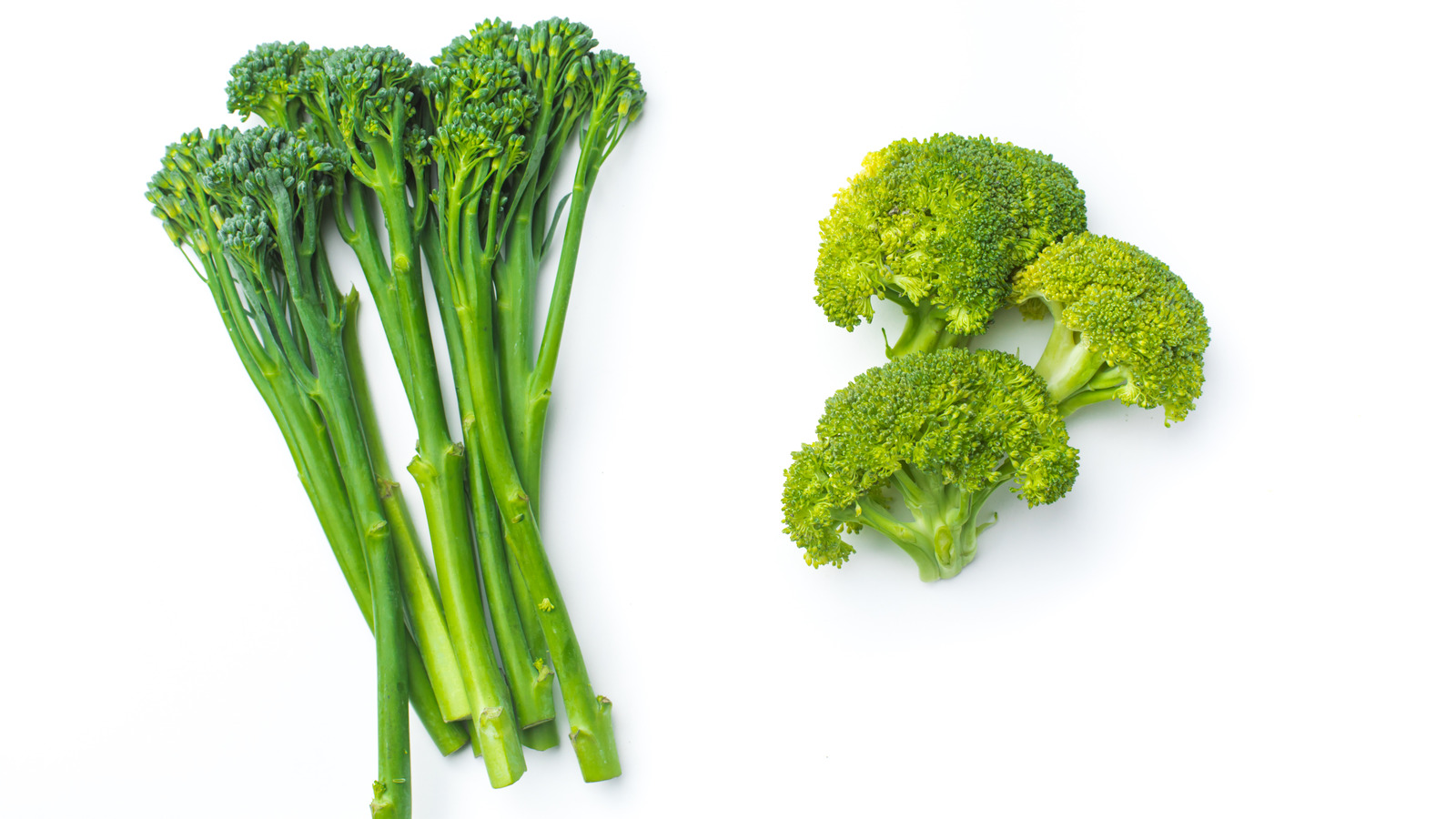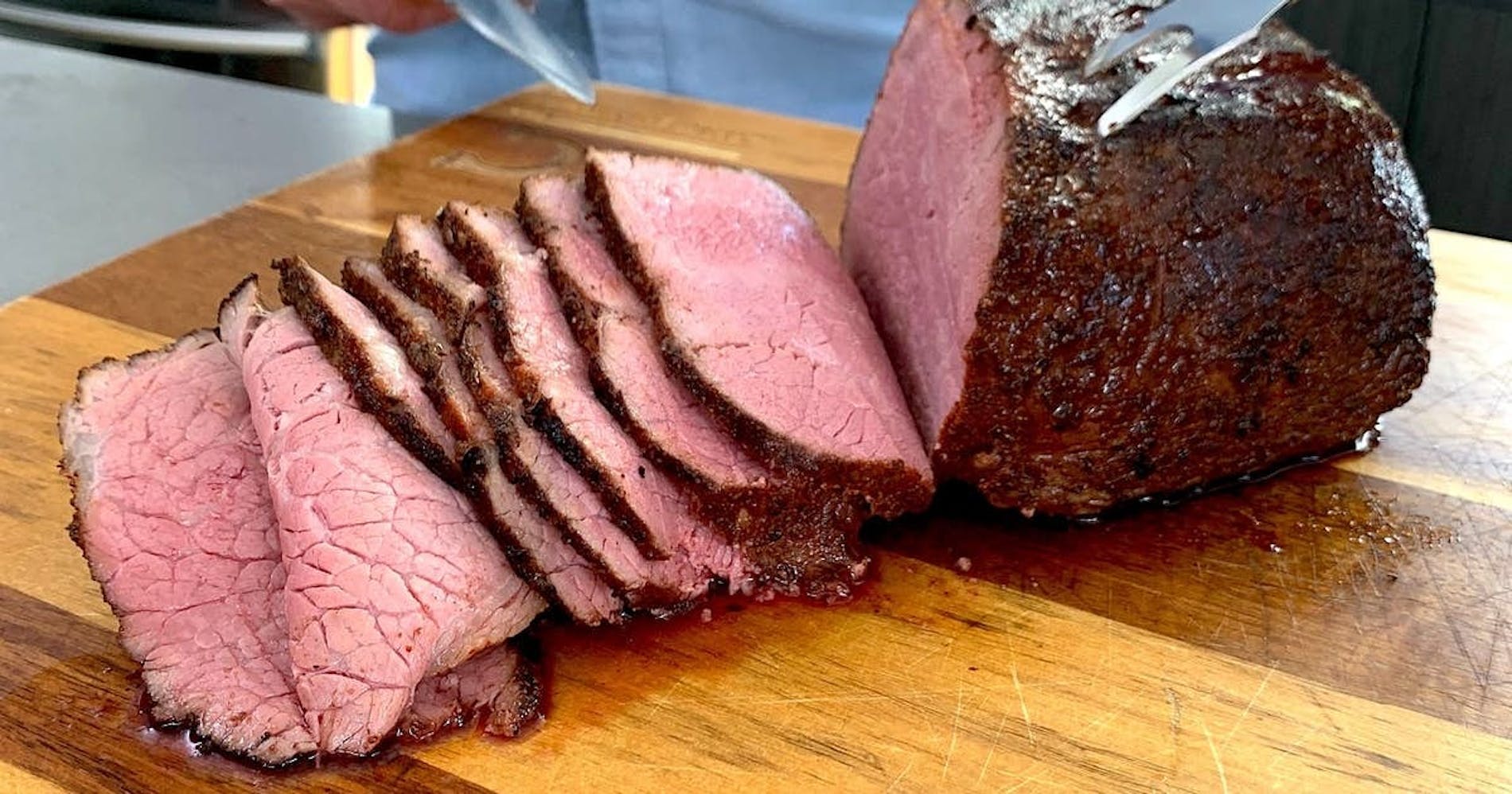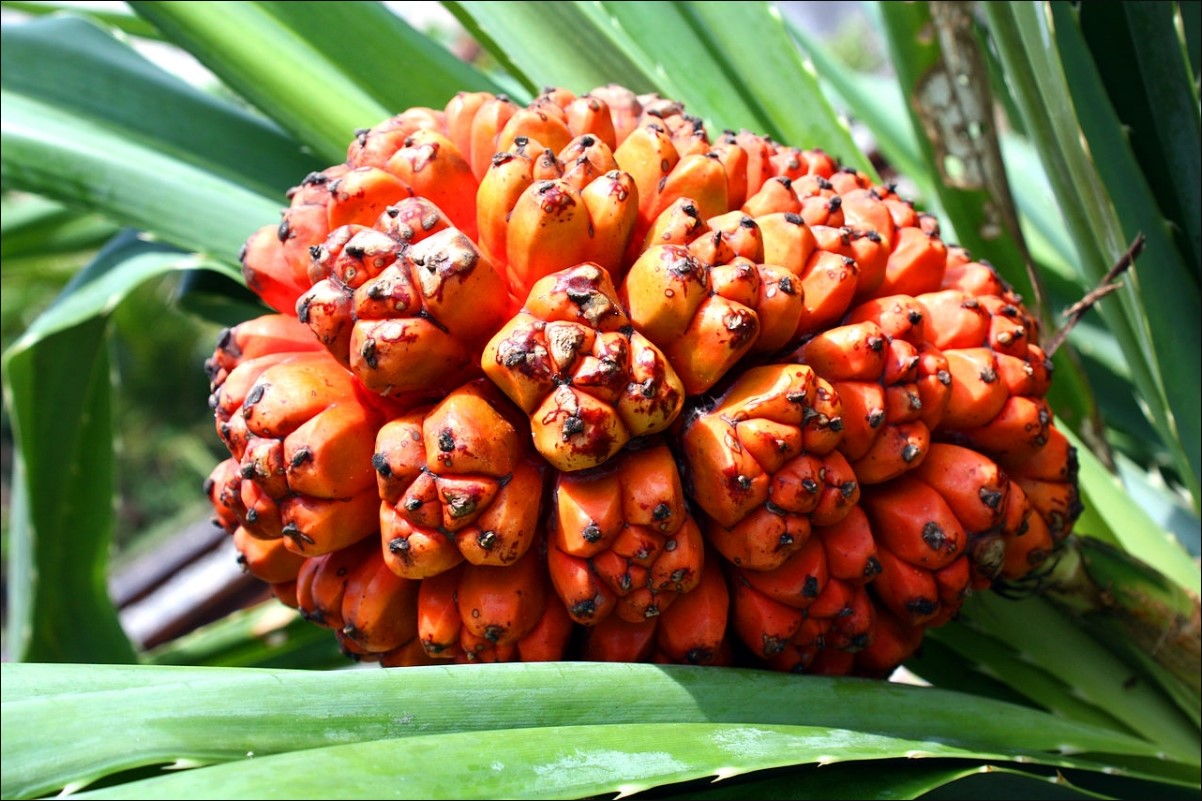Discovering the Unique Flavors of Cactus Chili
When it comes to chili, most people think of the classic combination of ground beef, beans, and a rich tomato base. However, there is a lesser-known variation of this beloved dish that incorporates an unexpected ingredient: cactus. Cactus chili is a unique and flavorful twist on traditional chili, offering a taste experience that is both familiar and exotic. In this article, we’ll explore what cactus chili is, how it’s made, and why it’s worth trying.
What is Cactus Chili?
At its core, cactus chili is a hearty stew that features tender pieces of cactus paddles as a key ingredient. The cactus, also known as nopales, brings a delightful crunch and a subtly tangy flavor to the dish. In addition to the cactus, cactus chili typically includes a medley of ingredients such as:
- Ground beef or turkey
- Tomatoes
- Onions
- Garlic
- Beans (such as pinto or black beans)
- Chili peppers
- Spices (such as cumin, paprika, and oregano)
These ingredients come together to create a robust and satisfying chili that is both comforting and adventurous.
How is Cactus Chili Made?
The process of making cactus chili is similar to that of traditional chili, with a few unique steps to incorporate the cactus. To prepare cactus for use in the chili, it’s important to first remove the thorns and dice the paddles into small pieces. The diced cactus is then typically boiled or sautéed to reduce its natural sliminess and enhance its texture.
Once the cactus is prepared, it is added to the chili along with the other ingredients. The dish is then simmered over low heat to allow the flavors to meld together, resulting in a rich and complex flavor profile.
Why Try Cactus Chili?
There are several reasons to give cactus chili a try, even if you’re a fan of traditional chili. Here are a few compelling reasons to explore this unique dish:
- Unique Flavor: The addition of cactus brings a distinctive flavor and texture to the chili, making it a memorable departure from the ordinary.
- Nutritional Benefits: Cactus is a nutritious ingredient that is high in fiber, antioxidants, and vitamins. By incorporating cactus into your chili, you’re adding a healthy boost to your meal.
- Culinary Adventure: Trying new and unconventional foods is a great way to expand your culinary horizons and discover new favorite dishes. Cactus chili offers an opportunity to embark on a flavorful adventure.
Whether you’re a chili aficionado looking for a new twist on an old favorite or simply someone who enjoys exploring unique and delicious foods, cactus chili is definitely worth a try. Its blend of familiar and exotic flavors makes it a standout dish that is sure to impress.
Next time you’re in the mood for a comforting bowl of chili, consider adding cactus to the mix for a delightful and unexpected culinary experience.











